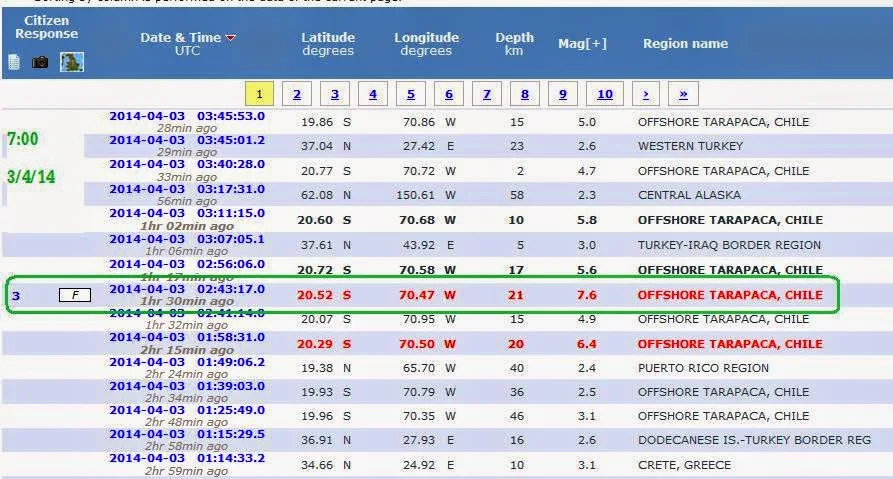JAKARTA — A 7.3-magnitude quake hit Indonesian waters, off the Moluccas, this morning (Nov 15) and has the potential to generate tsunami waves along nearby coasts, a monitoring agency said.
According to the US Geological Survey (USGS), the quake hit 154km northwest of Kota Ternate at a depth of 47km.
There are no immediate reports of casualties or damage.
The Pacific Tsunami Warning Center said the quake could cause hazardous tsunami waves within 300km of the epicentre along the nearby coasts of Indonesia and the southern Philippines. Waves could reach up to a metre or less, it said.
The nearest communities of Tabukan Tengah on North Sulawesi island could be at risk within an hour or so if a tsunami occurs, the agency said.
The waves could also reach as far as Taiwan, Okinawa in southern Japan, the US territory of Guam, Papau New Guinea, Solomon Islands and the Marshall Islands in the Pacific within the next six hours, it said.
Another quake measuring 6.2 was recorded soon after off Indonesia’s Sulawesi, according to the USGS.
The world’s largest archipelago, Indonesia is prone to earthquakes due to its location on the Pacific Ring of Fire, an arc of volcanoes and fault lines in the Pacific Basin.
In 2004, a monster temblor off Aceh shores triggered a tsunami that killed 230,000 people in a dozen countries. Most of the deaths were in Aceh.
AGENCIES
http://www.todayonline.com/world/asia/73-quake-hits-indonesia-waters-tsunami-possible
15/11/14
-
--
According to the US Geological Survey (USGS), the quake hit 154km northwest of Kota Ternate at a depth of 47km.
The Pacific Tsunami Warning Center said the quake could cause hazardous tsunami waves within 300km of the epicentre along the nearby coasts of Indonesia and the southern Philippines. Waves could reach up to a metre or less, it said.
The nearest communities of Tabukan Tengah on North Sulawesi island could be at risk within an hour or so if a tsunami occurs, the agency said.
The waves could also reach as far as Taiwan, Okinawa in southern Japan, the US territory of Guam, Papau New Guinea, Solomon Islands and the Marshall Islands in the Pacific within the next six hours, it said.
Another quake measuring 6.2 was recorded soon after off Indonesia’s Sulawesi, according to the USGS.
The world’s largest archipelago, Indonesia is prone to earthquakes due to its location on the Pacific Ring of Fire, an arc of volcanoes and fault lines in the Pacific Basin.
In 2004, a monster temblor off Aceh shores triggered a tsunami that killed 230,000 people in a dozen countries. Most of the deaths were in Aceh.
AGENCIES
http://www.todayonline.com/world/asia/73-quake-hits-indonesia-waters-tsunami-possible
15/11/14
-
--





















 GR
GR FR
FR DE
DE ES
ES IT
IT RU
RU EU
EU